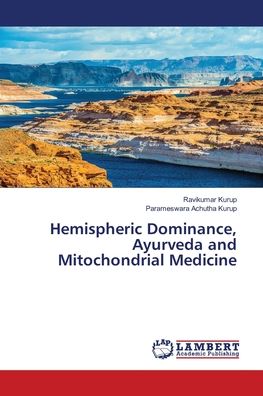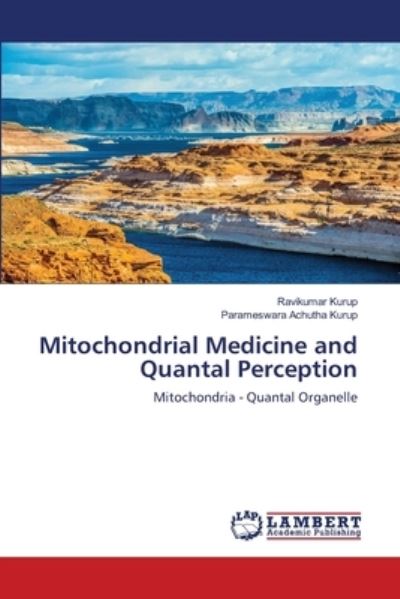
Tell your friends about this item:
Endosymbiotic Archaeal Digoxin and Acquired Mitochondrial Disease
Ravikumar Kurup
Endosymbiotic Archaeal Digoxin and Acquired Mitochondrial Disease
Ravikumar Kurup
Mitochondrial dysfunction forms the basis of human diseases like neurodegeneration, cancer, autoimmune diseases, schizophrenia, bipolar affective disorder and diabetes mellitus. Mitochondrial dysfunction can lead to apoptosis and cell death resulting in neurodegeneration. Mitochondrial dysfunction can produce increased glycolysis and the Warburg phenotype leading on to oncogenesis. The mitochondria are evolutionarily symbiotic ricketsia and the immune system recognize it as a foreign body and sets up an immune reaction leading on to autoimmune disease. Mitochondrial dysfunction can lead to defect in glucose catabolism leading on to diabetes mellitus. Dysfunctional mitochondria can produce decreased energy metabolism in the brain contributing to schizophrenia and affective disorders. Most of the drugs used in modern medicine affect mitochondrial function. Ayurvedic medicine is basically mitochondrial medicine as opposed to modern medicine which acts by inhibiting mitochondrial function leading on to various systemic diseases. The mitochondria is capable of quantal perception and is the site for alternate healing therapies.
| Media | Books Paperback Book (Book with soft cover and glued back) |
| Released | May 4, 2021 |
| ISBN13 | 9786203854992 |
| Publishers | LAP Lambert Academic Publishing |
| Pages | 588 |
| Dimensions | 152 × 229 × 33 mm · 852 g |
| Language | English |
More by Ravikumar Kurup
See all of Ravikumar Kurup ( e.g. Paperback Book and Hardcover Book )

 Christmas presents can be returned until 31 January
Christmas presents can be returned until 31 January








